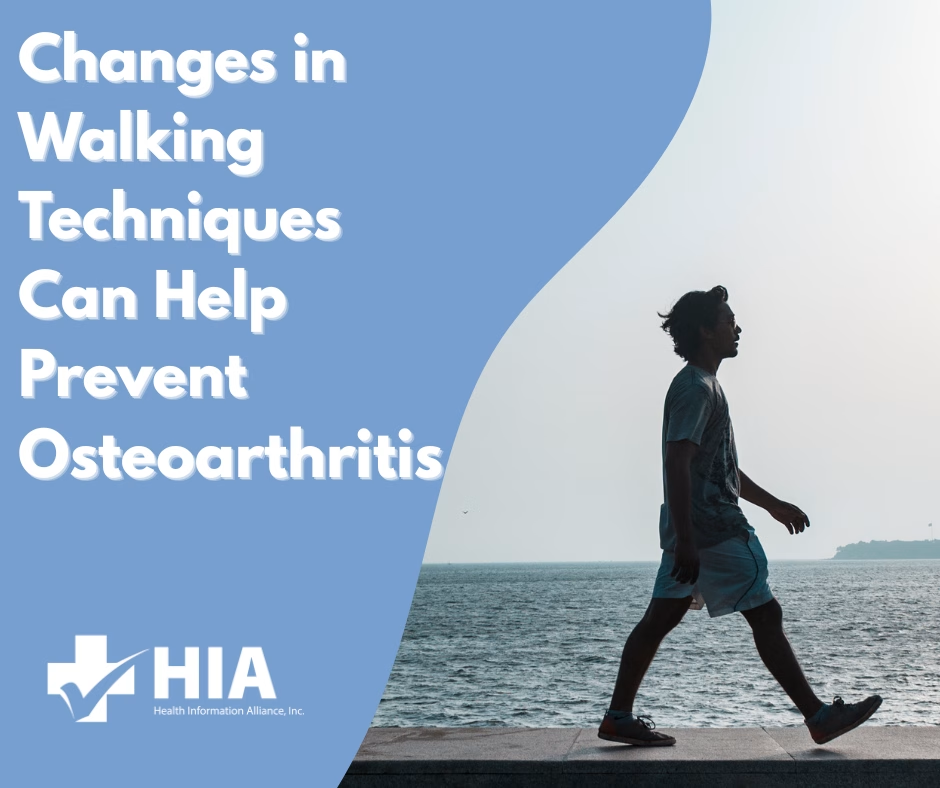The Impact of Impaired Driving on Trauma Care Systems
Impaired driving is a significant public health concern that places considerable strain on trauma care systems globally. This issue contributes to increased caseloads for emergency departments (EDs) and trauma centers, highlighting the critical role of trauma registries in managing and analyzing these incidents. Through systematic data collection and analysis, trauma registries are integral to developing effective prevention strategies and enhancing patient outcomes. The ongoing challenges posed by impaired driving underscore the importance of these registries within the healthcare landscape.
Increased Workload on Emergency Departments and Trauma Centers
Emergency departments and trauma centers serve as the primary points of care for individuals injured in impaired driving incidents. Such incidents frequently result in severe injuries, including traumatic brain injuries, spinal cord injuries, and complex fractures, necessitating immediate and intensive medical intervention. According to the National Highway Traffic Safety Administration (NHTSA), alcohol-impaired driving accounts for approximately 28% of all traffic fatalities in the United States, with many survivors experiencing life-altering injuries each year (Centers for Disease Control and Prevention [CDC], 2022).
The influx of cases related to impaired driving exacerbates existing challenges within trauma care systems, including overcrowding, resource limitations, and staff fatigue. Research conducted by Cunningham et al. (2010) reveals that alcohol-involved accidents often lead to prolonged stays in emergency departments and increased admissions to intensive care units (ICUs), further straining healthcare resources. This heightened workload impacts both the treatment of impaired driving victims and the overall capacity of EDs to manage various emergencies.
Trauma Registries
Trauma registries play a pivotal role in examining and addressing the implications of impaired driving on healthcare systems. These databases systematically collect information regarding injury patterns, treatment protocols, and patient outcomes, enabling healthcare professionals to identify trends and formulate targeted interventions. The Healthcare Information and Analysis (HIA) division, for instance, utilizes trauma registries to analyze the prevalence of impaired driving incidents and their associated financial costs.
Moreover, trauma registries are essential for performance improvement initiatives. Health Information Alliance (HIA) indicates that these registries facilitate the identification of care gaps and support the implementation of evidence-based practices. By monitoring key performance indicators, such as the timeliness of interventions and adherence to clinical guidelines, trauma registries enhance the quality of care provided to victims of impaired driving. Additionally, trauma registries contribute to public health campaigns aimed at mitigating impaired driving, demonstrating the effectiveness of strategies such as sobriety checkpoints and ignition interlock devices. Data from these registries have also been instrumental in advocating for policy changes, including lower blood alcohol concentration (BAC) limits and stricter penalties for repeat offenders (Mothers Against Drunk Driving [MADD], 2023).
Impact on Healthcare Resources
The financial implications associated with trauma stemming from impaired driving are substantial. Estimates suggest that alcohol-related crashes incur annual costs exceeding $44 billion in the United States, encompassing medical expenses, lost productivity, and legal costs (CDC, 2022). Beyond the economic burden, these incidents adversely affect the mental and emotional well-being of healthcare providers. First responders and trauma care teams frequently encounter secondary trauma from repeated exposure to the devastating consequences of impaired driving incidents, emphasizing the human cost of this public health issue (MADD, 2023).
Furthermore, trauma registries reveal significant disparities in the impact of impaired driving, disproportionately affecting younger individuals and those from lower socioeconomic backgrounds. Addressing these disparities necessitates implementing targeted prevention strategies (National Institutes of Health [NIH], 2011). A comprehensive approach that integrates public education, law enforcement, and interventions within healthcare systems is essential.
Conclusion
Impaired driving poses considerable challenges to trauma care systems, amplifying the workload for emergency departments and consuming extensive healthcare resources. Trauma registries serve as invaluable tools in addressing this crisis, providing data-driven insights that inform prevention strategies and enhance patient outcomes. By leveraging these registries and adopting evidence-based interventions, healthcare systems can better mitigate the consequences of impaired driving and promote improved public health outcomes. Continued investment in trauma care infrastructure and research is paramount to effectively address the persistent burden of impaired driving and its far-reaching effects.
References
Centers for Disease Control and Prevention. (2022). Impaired driving: Get the facts. Retrieved from https://www.cdc.gov
Cunningham, R. M., et al. (2010). Alcohol, traffic-related injuries, and trauma care. Journal of Trauma, 68(6), 1-8. Retrieved from https://pmc.ncbi.nlm.nih.gov/articles/PMC3031234/
Health Information Alliance. (2023). Trauma registry solutions for performance improvement. Retrieved from https://www.healthinformationalliance.com/solutions/performance-improvement-initiatives/trauma-registry/
Mothers Against Drunk Driving. (2023). Impaired driving crashes turn first responders into victims too. Retrieved from https://madd.org/tennessee/impaired-driving-crashes-turn-first-responders-into-victims-too/
National Institutes of Health. (2011). Alcohol-involved traffic crashes: Social and economic impacts. Retrieved from https://jamanetwork.com/journals/jama/fullarticle/192607
World Health Organization. (2019). Global status report on road safety. Retrieved from https://www.sciencedirect.com/science/article/abs/pii/S0022437515000195
Young, D. J., & Mayhew, D. R. (2019). Mortality factors in impaired driving. Traffic Injury Prevention, 20(2), 130-136. Retrieved from https://www.sciencedirect.com/science/article/abs/pii/S0020138319305868#:~:text=Independent%20factors%20associated%20with%20mortality






